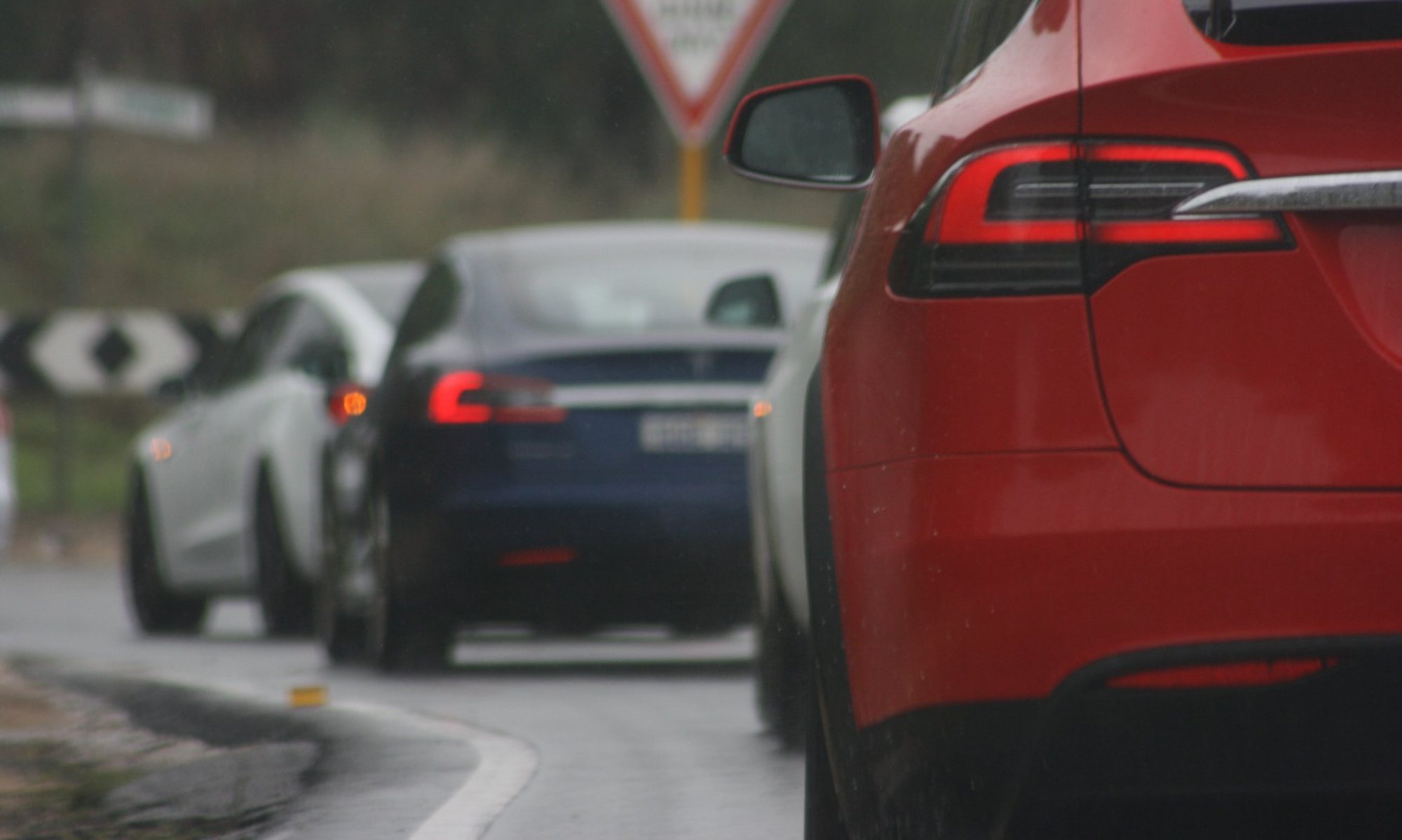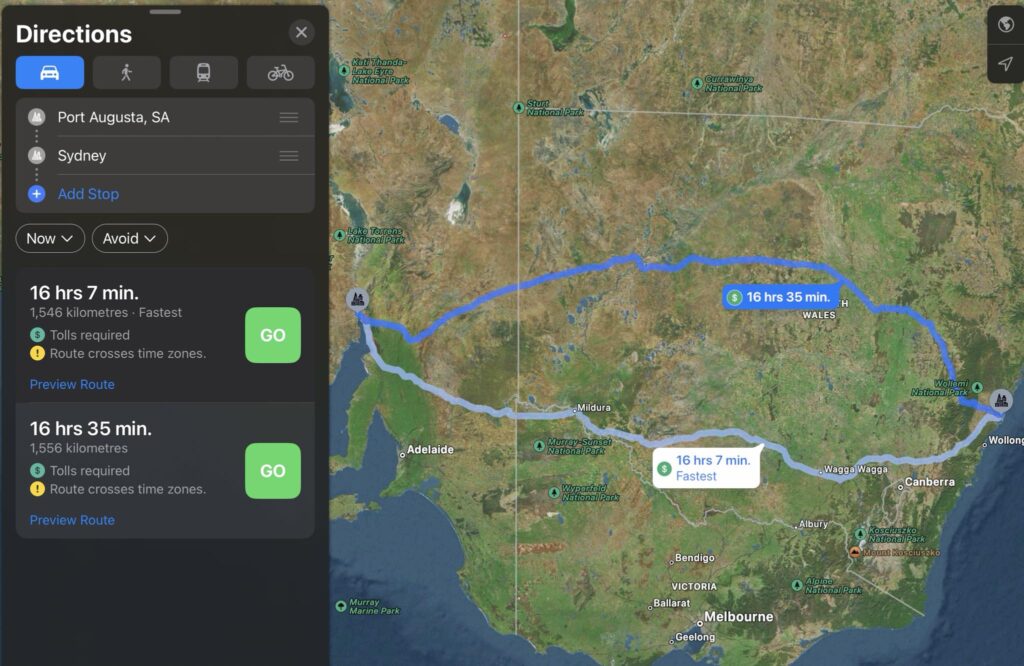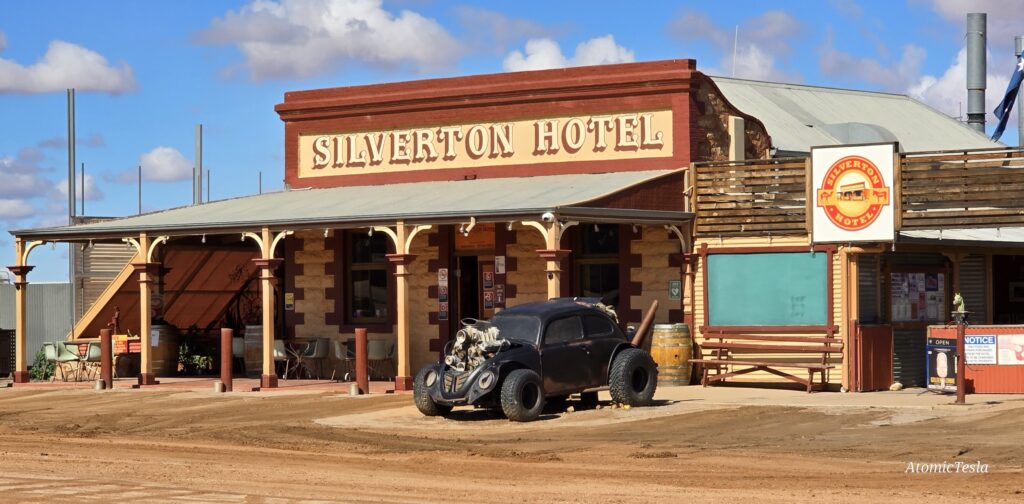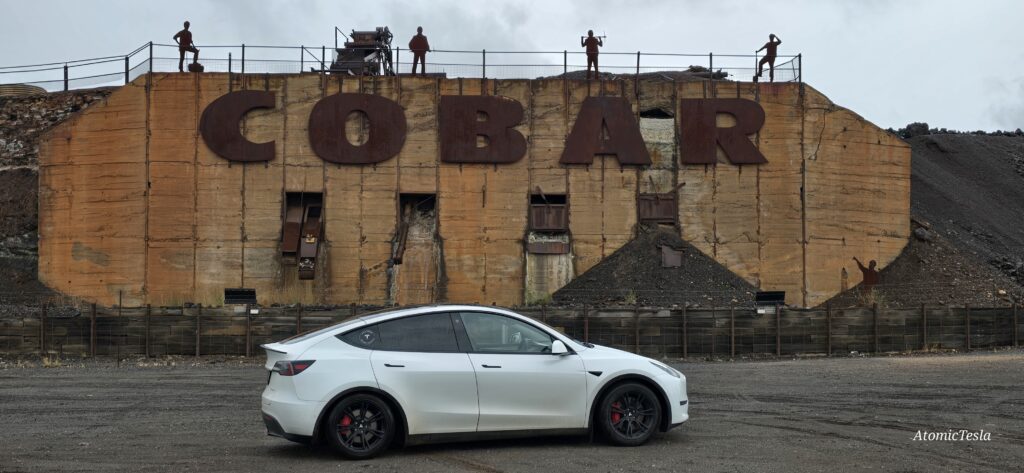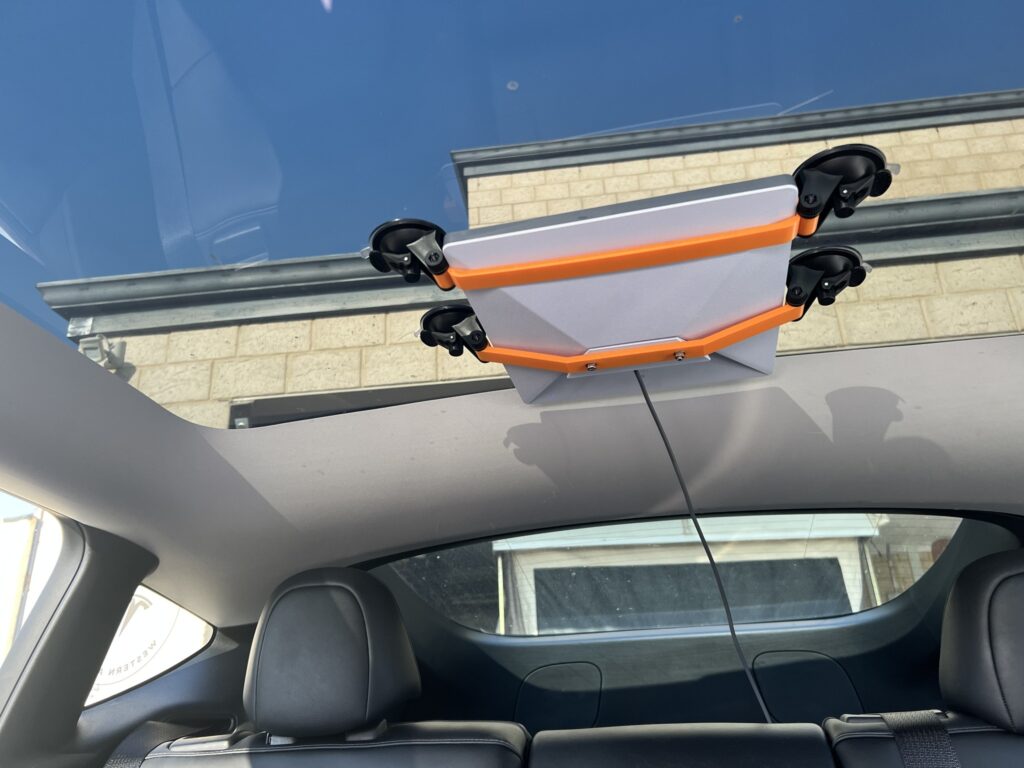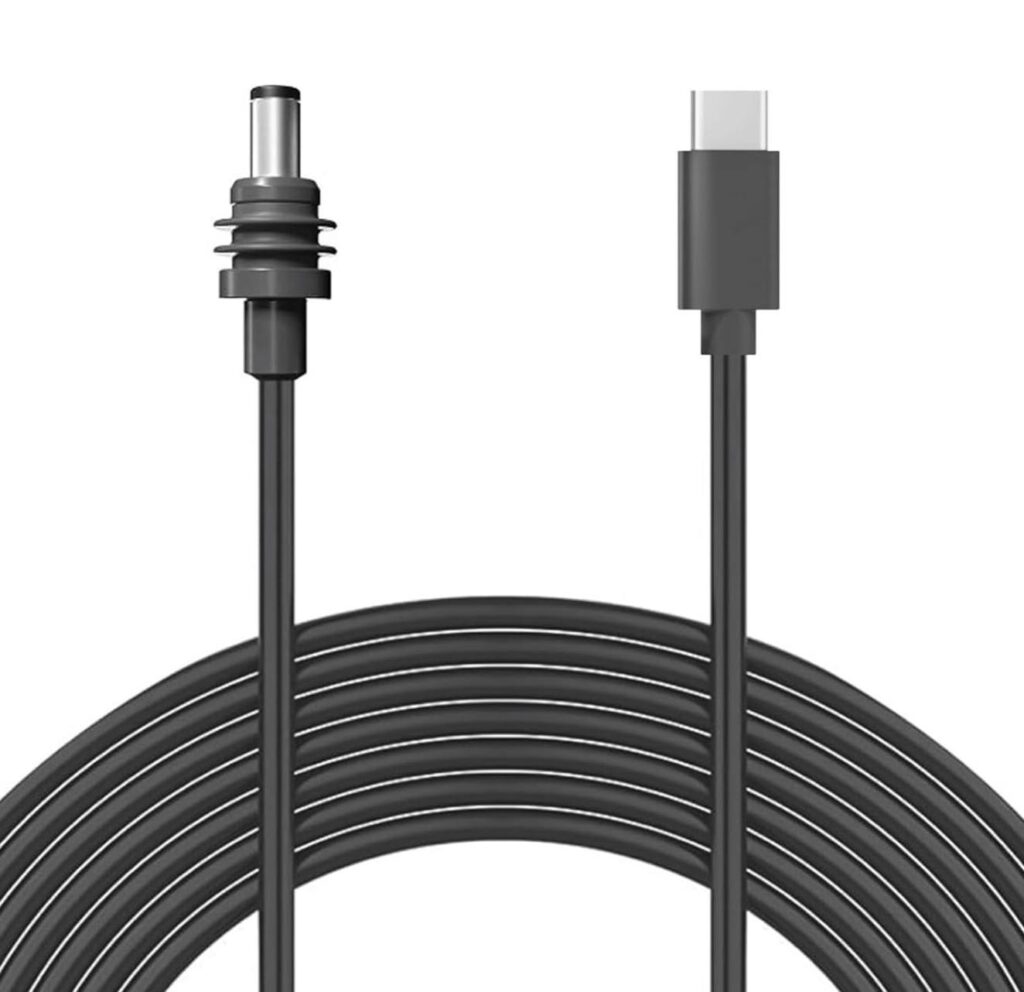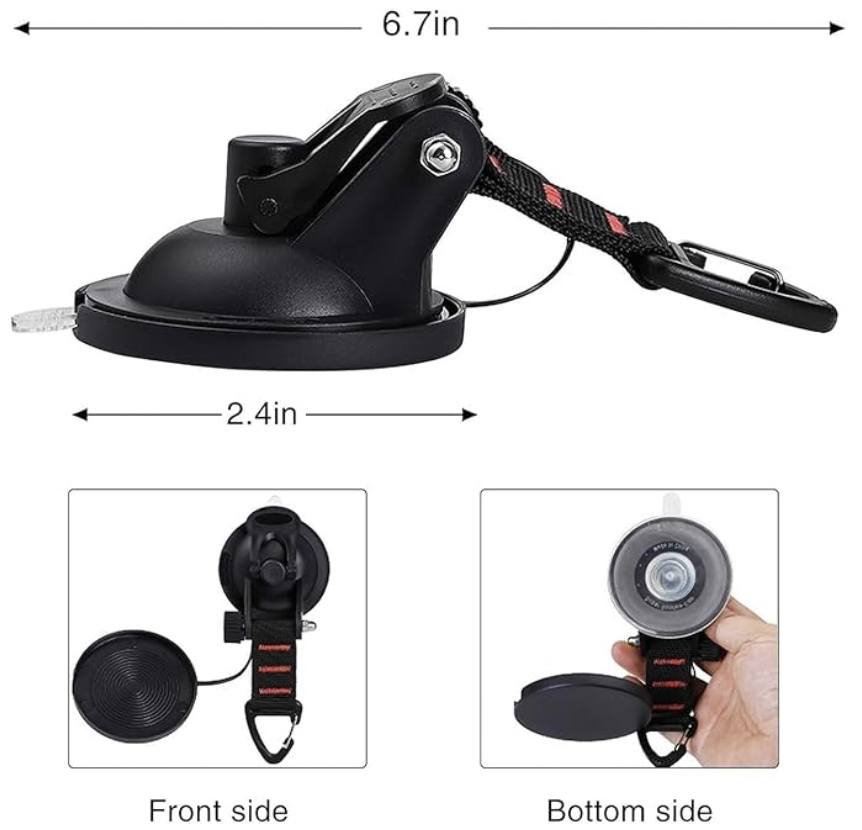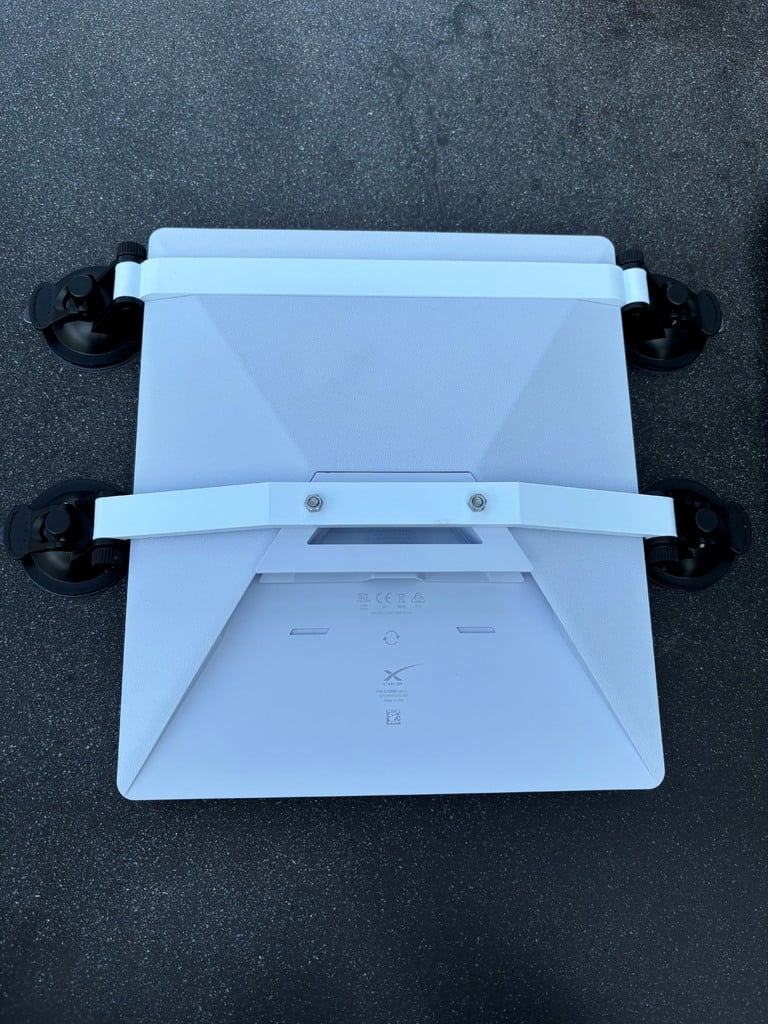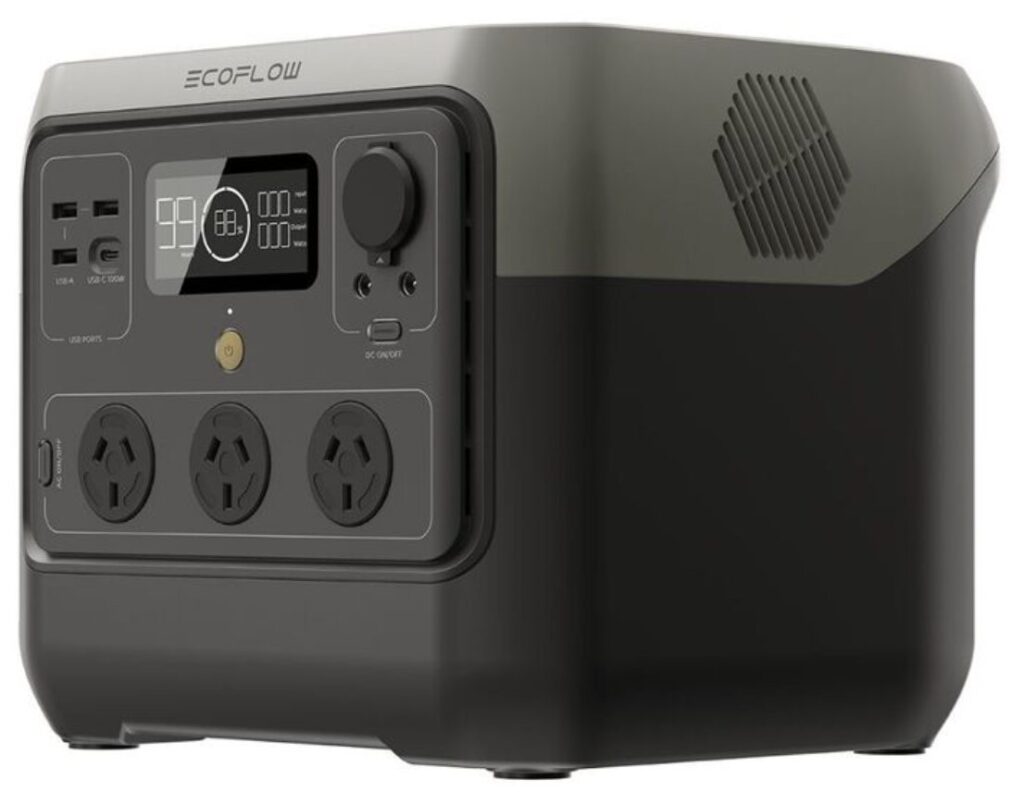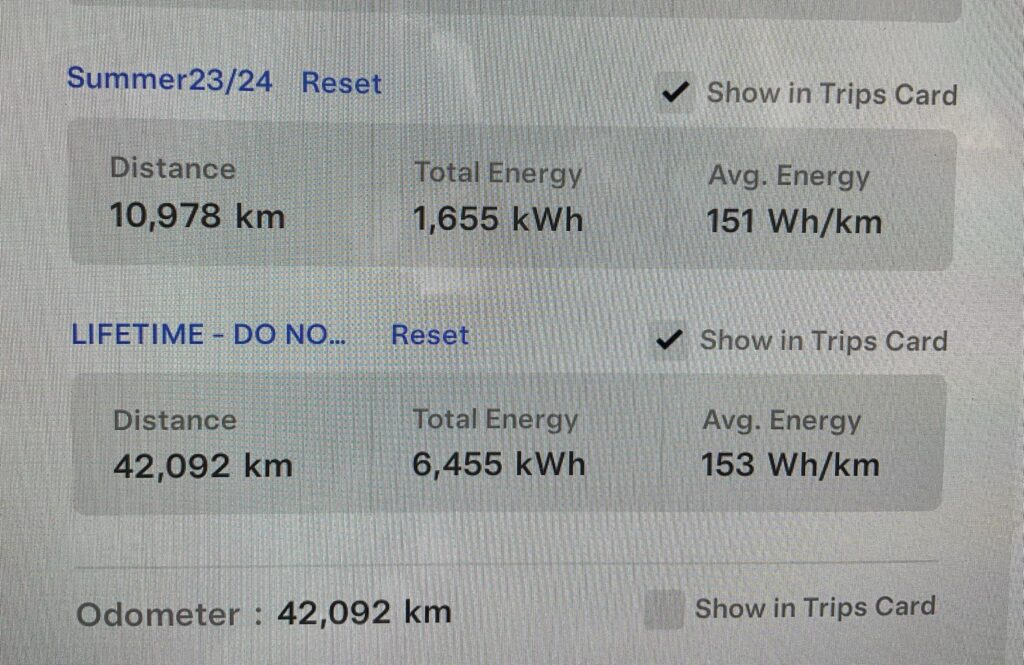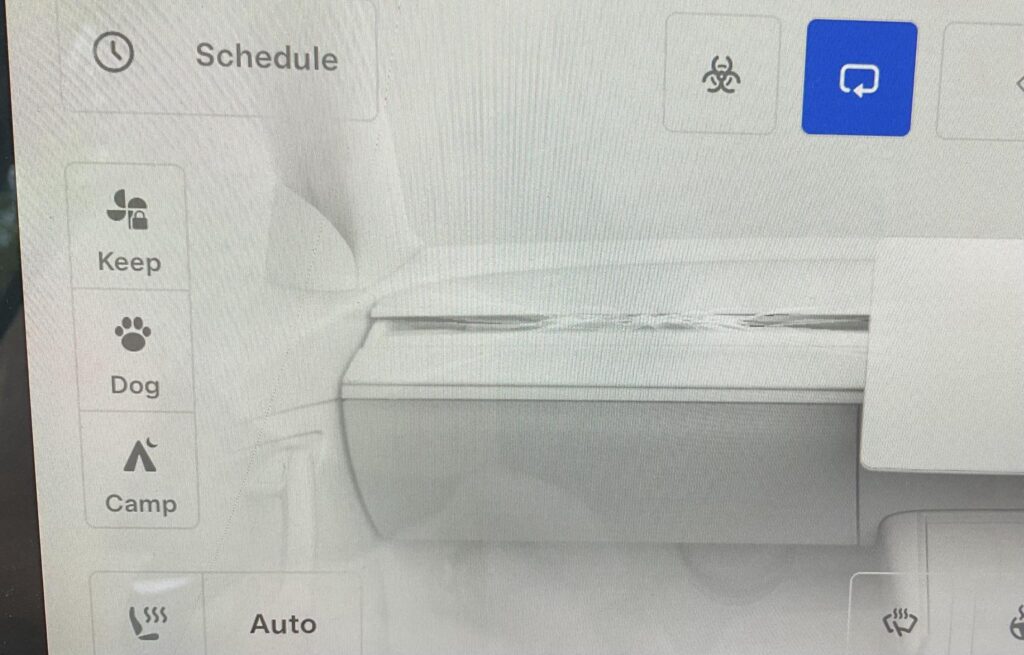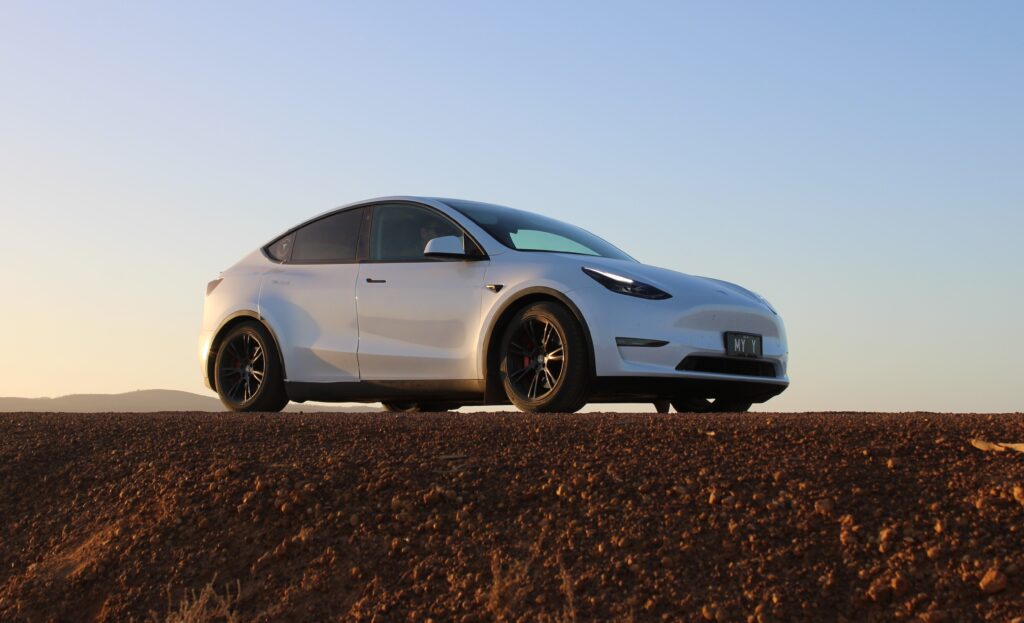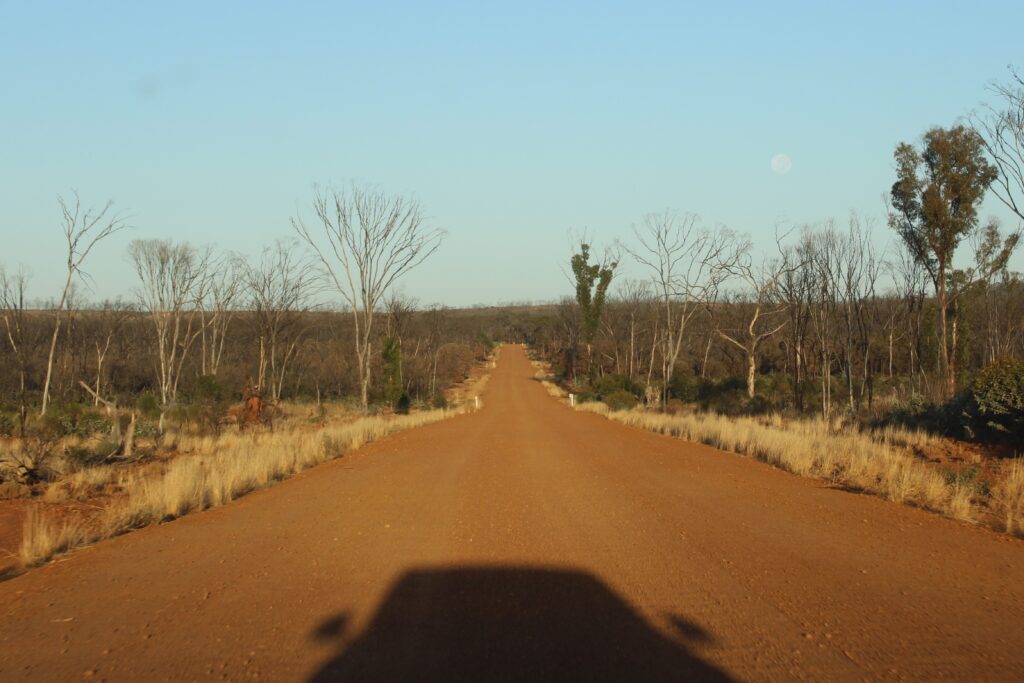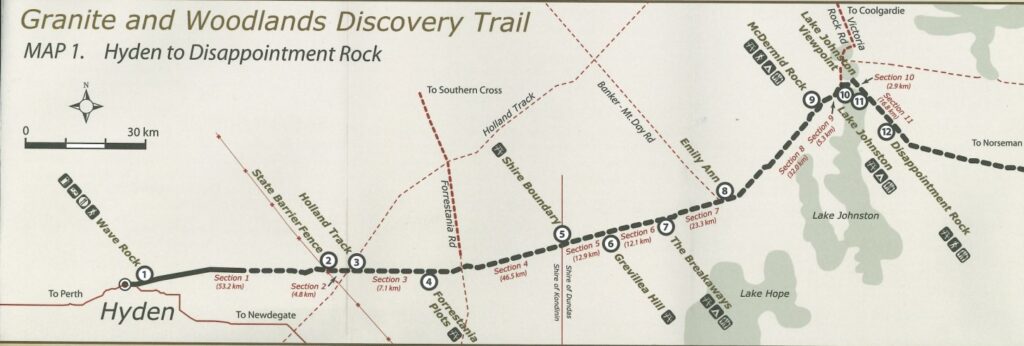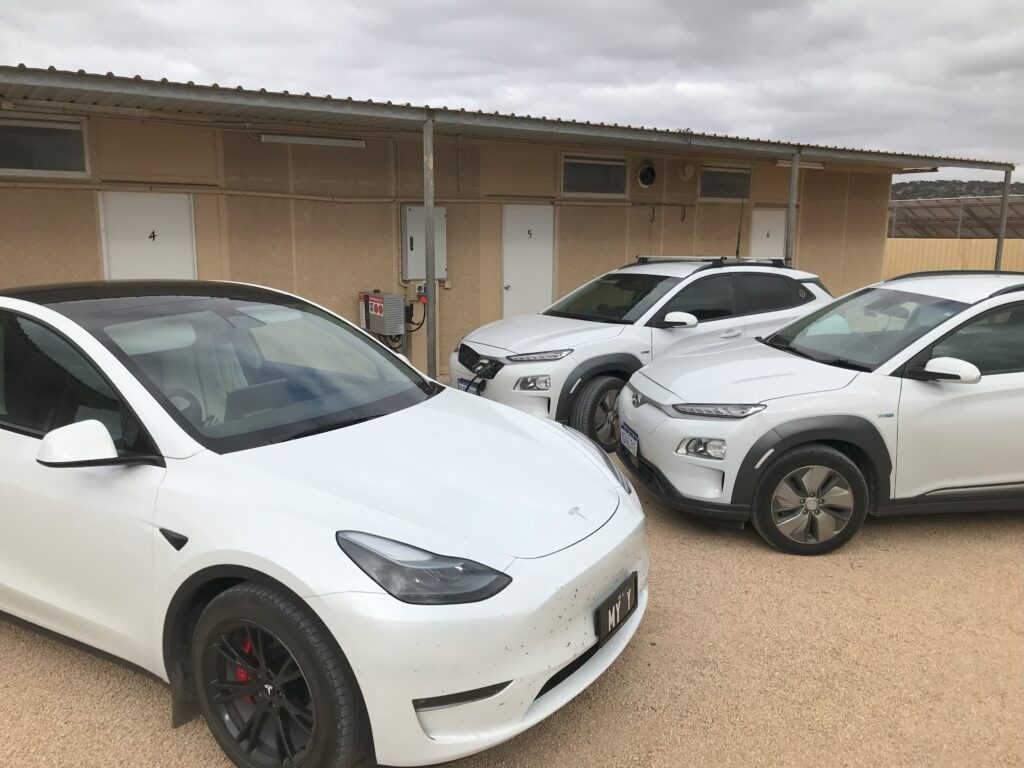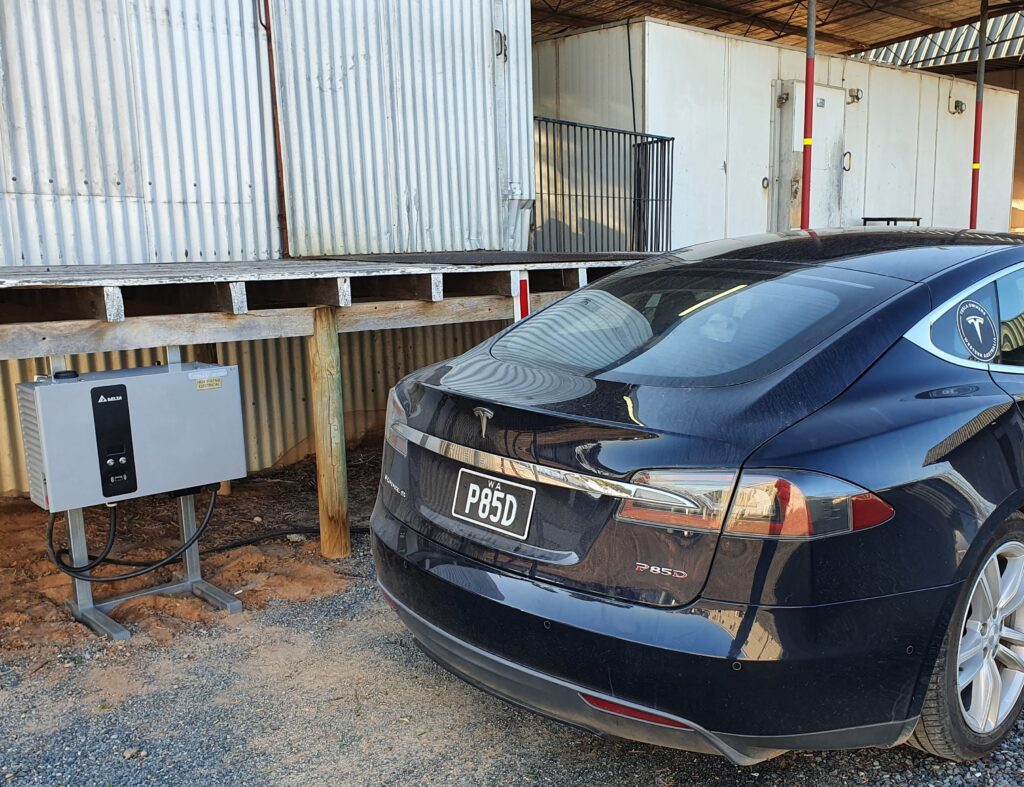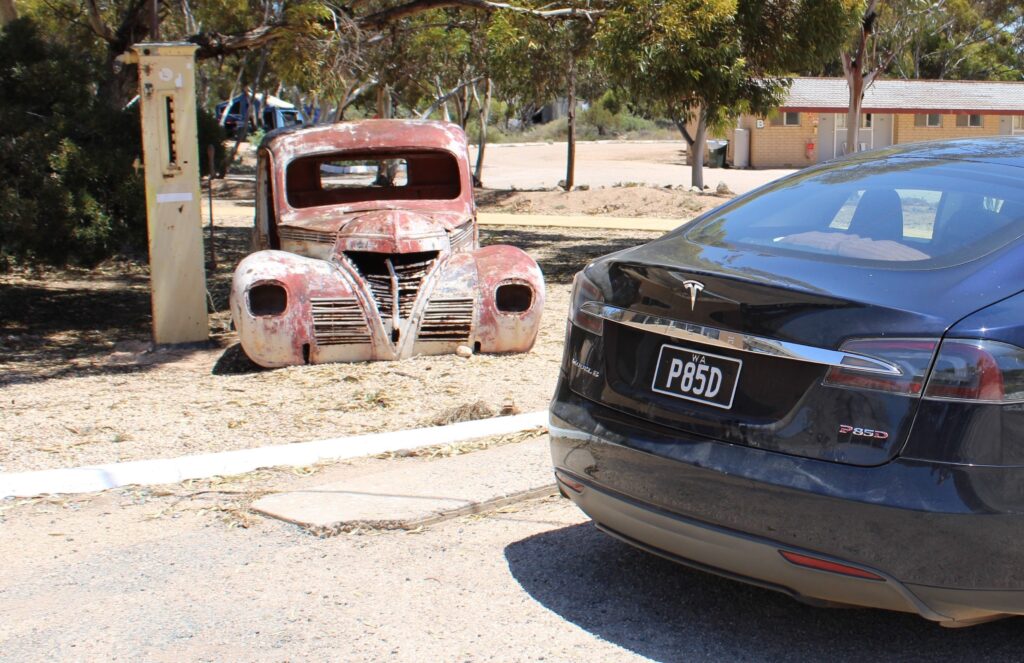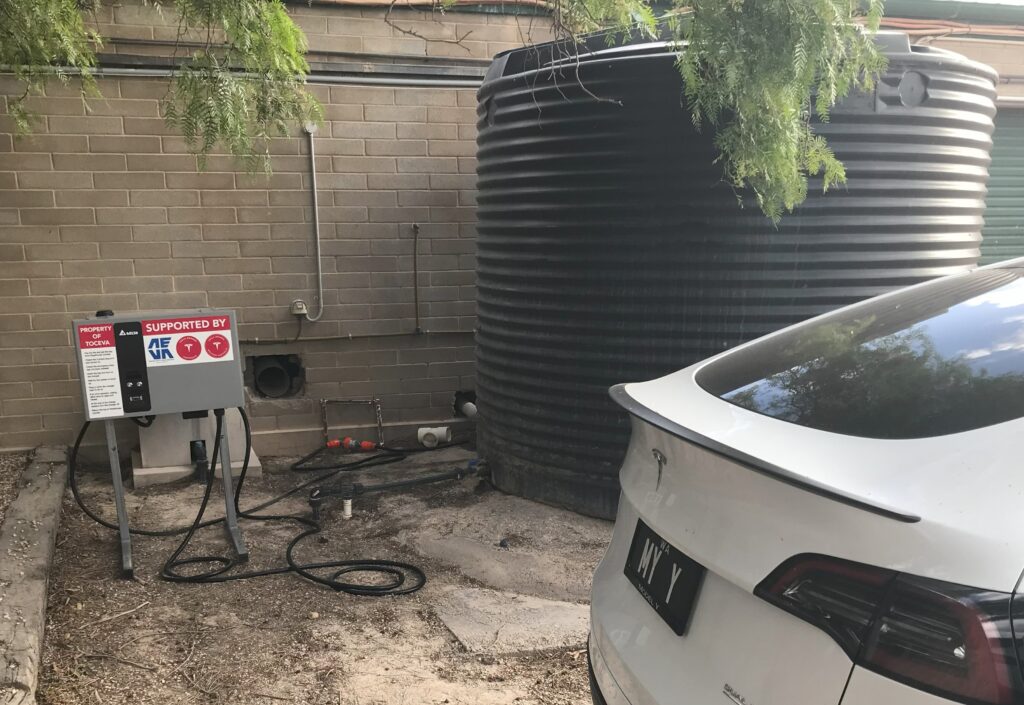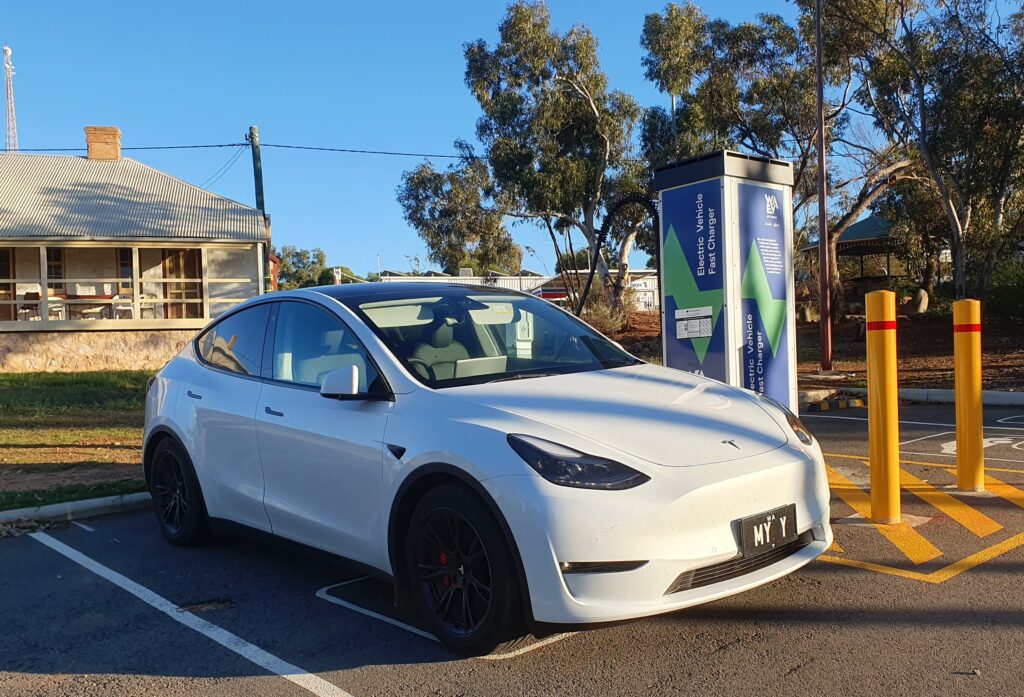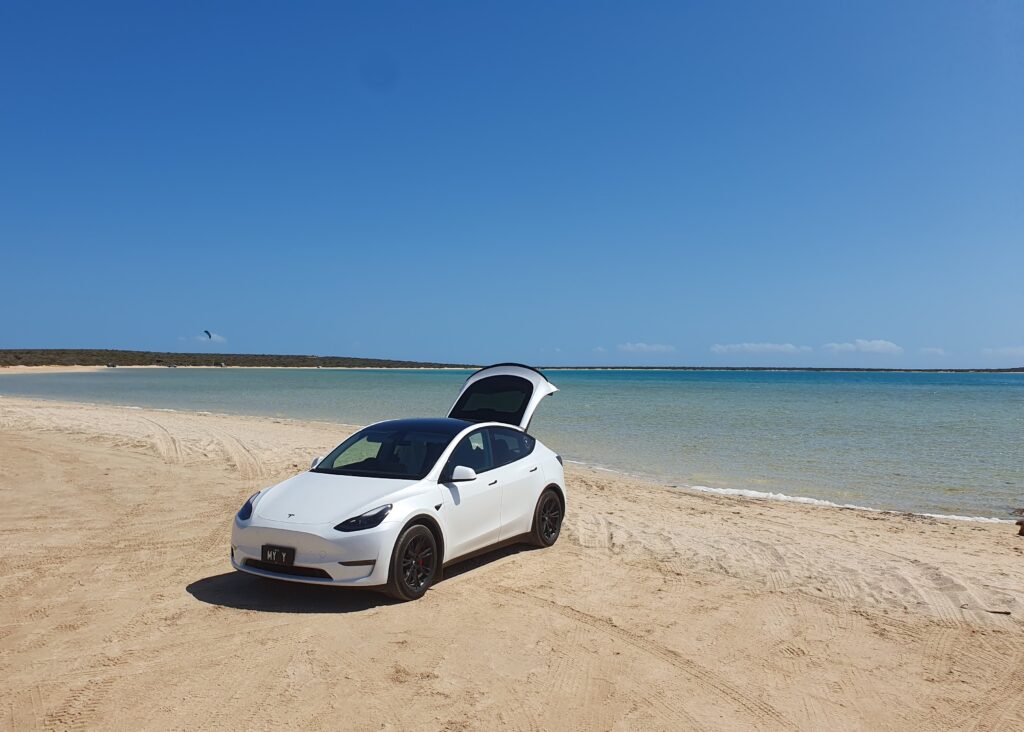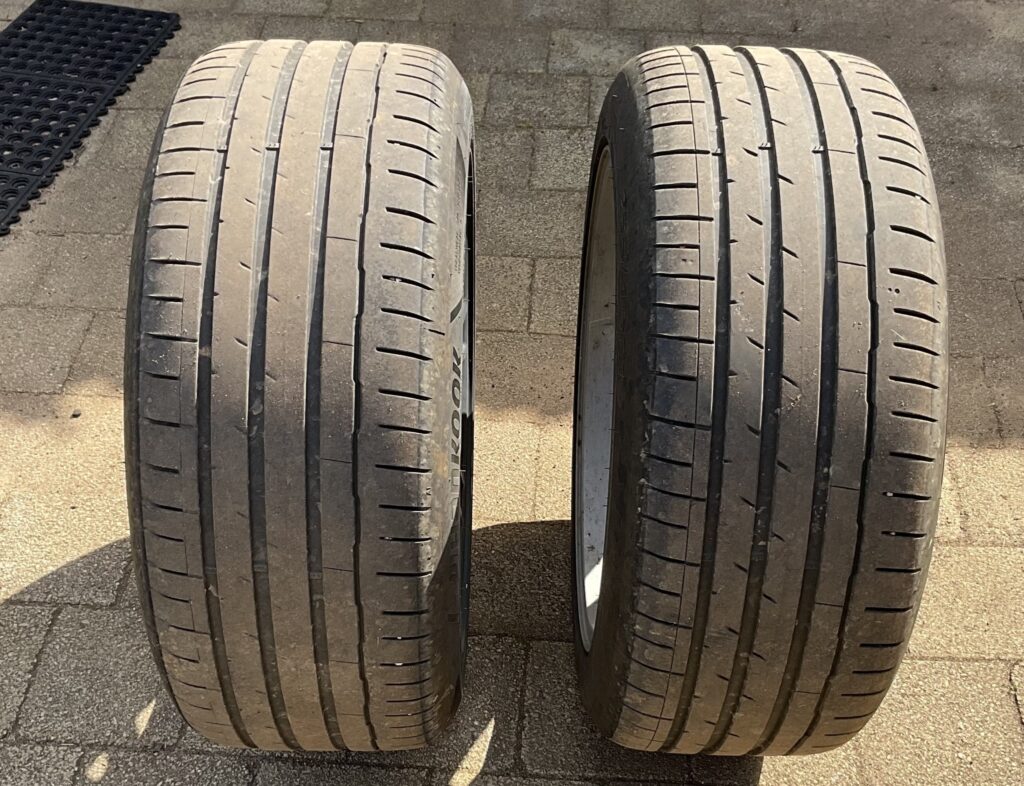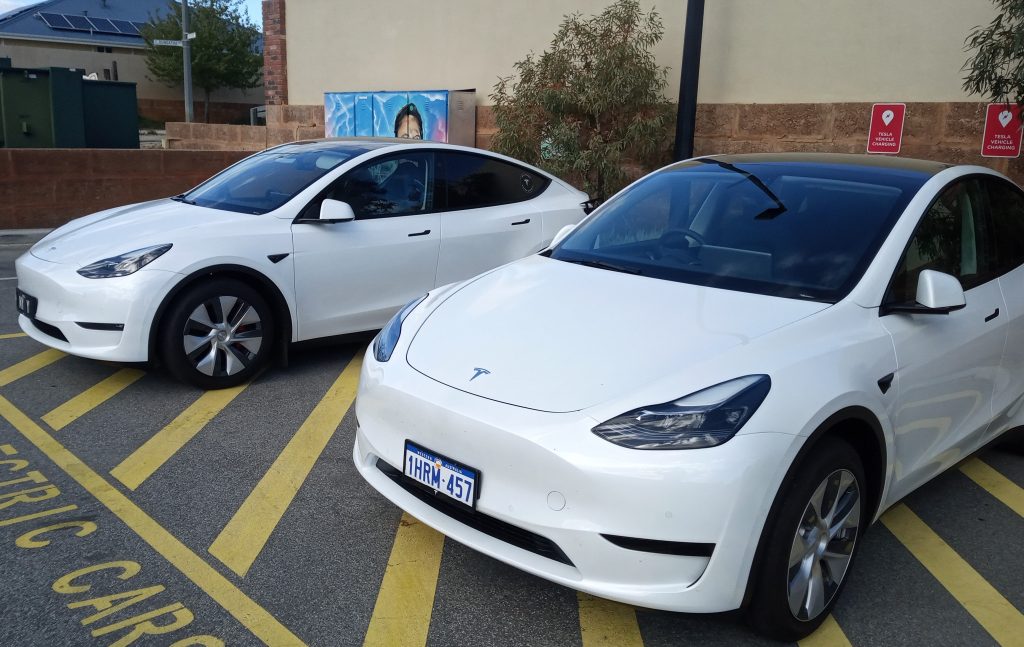As of writing, this trip has been completed by a pure EV on at least 56 occasions, see the list here: https://www.tocwa.org.au/2021/07/07/around-australia-trips-in-a-pure-ev/
I won’t go in to a long detailed plan but rather provide dot points for you to plan a journey around.
- A complete circumnavigation could be anywhere between 13,500kms and 26,000kms depending on how many sightseeing diversions you take. An average mainland trip would be 15,000kms, add in another 3000kms for a Tasmania tour. If you only have 4 weeks a mainland Australia journey is doable with shorter times spent at tourist attractions. 6 weeks is better, 8 weeks is perfect. Or, if you don’t have any commitments at home, take as much time as you want.
- The best weather across the top end is May to August, this is when the roads and accommodation are full of tourists. September to November has far less tourists, is still dry with the daytime heat higher but still bearable. Avoid the top half of Australia from December to April.
- To limit downtime sequence DC charging for daylight hours and keep AC charging for overnight. Keep in mind there is no shortage of charging options, most people get into trouble due to a shortage of patience.
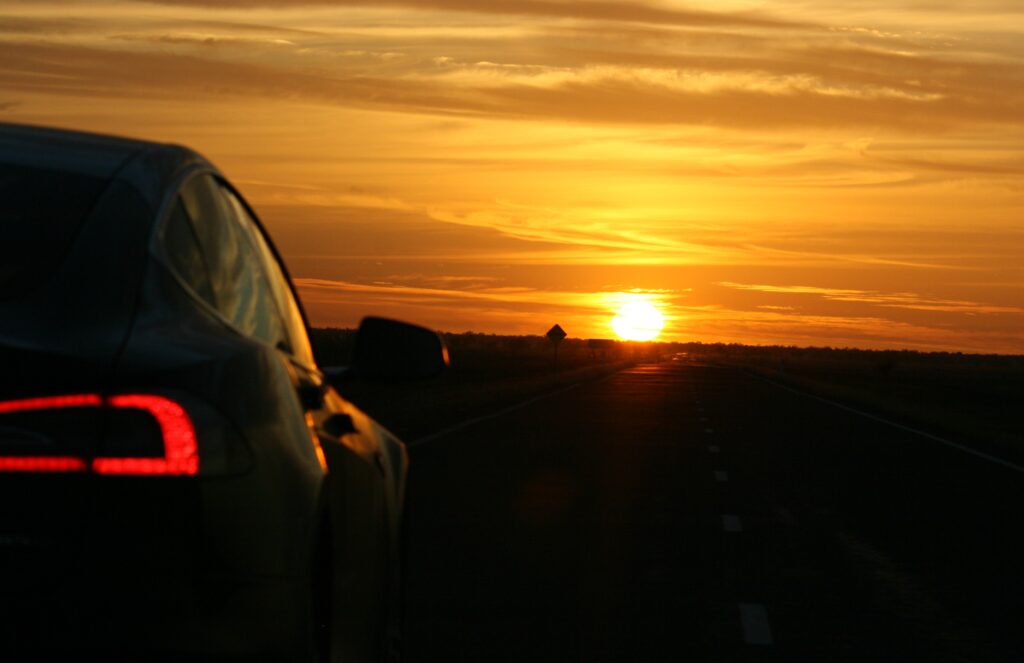
Absolutes:
- An EV with 260kms of range at 100kmh.
- Study Plug-share constantly , do not rely on ABRP.
- Always have a charging plan B.
- Never be complacent.
- Avoid fitting roof racks or cargo pods, these will significantly reduce the range of a vehicle with previously good aerodynamics.
- Drive early (sunrise), arrive early (at least 2 hours before sunset).
- Carry a full size spare wheel and tyre plus a repair kit that you have practiced using before departure.
- Wear a diplomat hat, if you have any thoughts of being an entitled EV owner stay at home.
- If you’re fussy about your choice of accommodation you need to shorten distances driven per day, one hold up during the day could result in a missed motel booking.
- Flexibility makes the trip far more enjoyable.
- Do NOT hyper-mile, there is absolutely no need. Driving too slow is dangerous and a hindrance to commercial vehicles.
- Do not drive too fast, even during the day collisions with wildlife and cattle are possible. If you don’t have to overtake large trucks and they don’t have to overtake you there’s a good chance you’ve hit the sweet spot of speed.
- Do not tailgate large vehicles, replacement windscreens and headlights are difficult to find in regional Australia.
- Avoid continually referencing charging costs, over the whole trip charging per 1000kms will be cheaper than liquid fuel. Leave it at that and enjoy your holiday.
- Carry insect repellent at all times, cover up when possible, Mosquito transmitted viruses in northern Australia are a real and present danger to your health.
Recommended:
- Telstra phone, Starlink mini, and a hand held UHF to listen in (road works, wide loads).
- The Windy app.
- Emergency cash including plenty of $1 and $2 coins for laundry/showers.
- An app such as Polarsteps, a great way to keep memories of your journey.
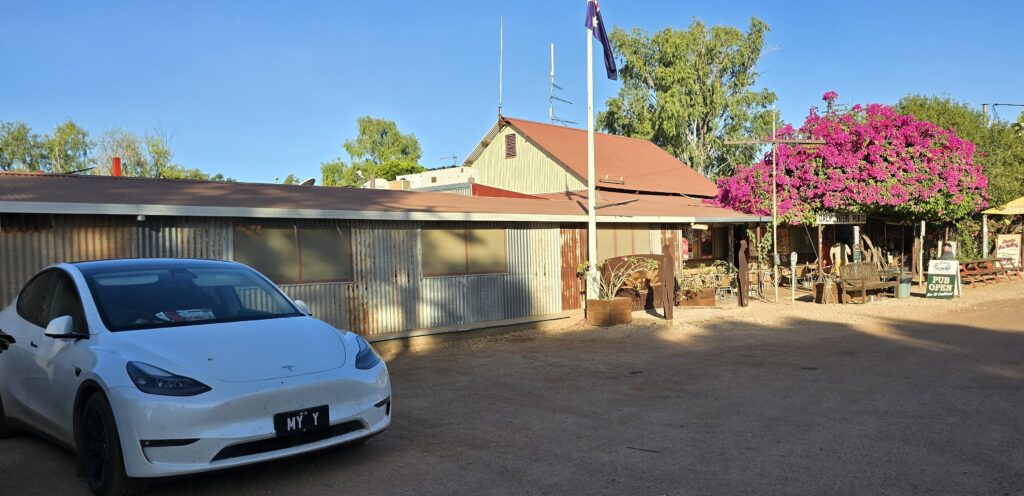
- Spend at least 2 weeks in Tasmania, if short of time make a separate Tasmania trip.
- Detour to Shark Bay, Lake Argyle, Karumba, Daintree, the Great Ocean Road, Port Lincoln and Albany.
- At Norseman detour north to Kalgoorlie for a day or two then double back down to Esperance and continue along the south-west coast.
Lesser known overnight stops heading clockwise from Perth
- Horrocks (instead of busy Kalbarri)
- Wooramel River Homestead, no charging power but worth the 2 minute detour from the highway.
- Point Samson, 56kms north-east of Karratha (Especially for Red Dog fans).
- Warnum Roadhouse CV Park, between Halls Creek and Kununurra.
- Timber Creek Tourist Park, between Kununurra and Katherine, I highly recommended arriving before 3.00pm NT time to secure a powered site.
- Daly Waters.
- Mount Surprise, if you take the Karumba to Cairns option this is a highly recommended stop.
- Port Fairy, western end of the Great Ocean Road.
- Streaky Bay.
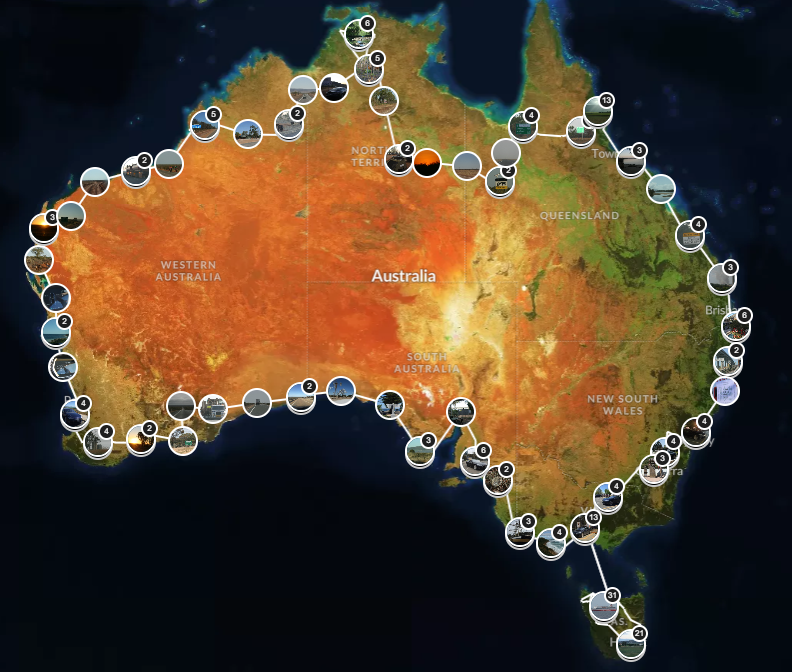
Driving around Australia is far easier than it has been over the past decade but don’t expect everything to go to plan. If you stick to the above advice any hurdles should be easy to deal with and your journey will be a positive holiday rather than a negative grind.
